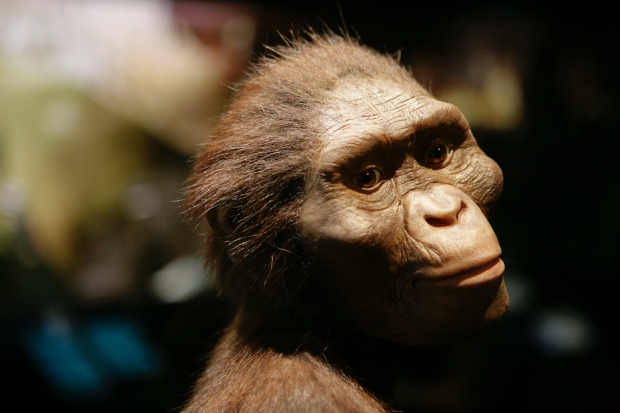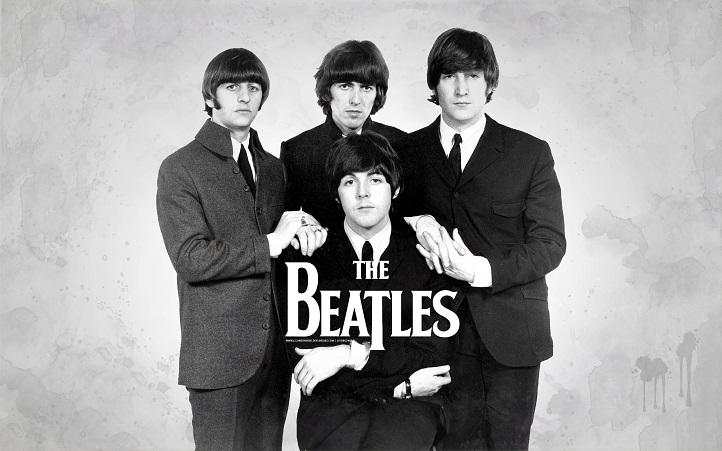
8 Things You Must Know About Lucy, The Oldest Hominid Ever Discovered
“Lucy”, a skeleton found 41 years ago in Ethiopia that helped scientists understand the evolution of apes into bipedal humans. Lucy is a hominid from the Australopithecus afarensis species, who lived in Ethiopia 3.2 million years ago. When Lucy was discovered, in 1974, she threw out existing understanding of evolution — for those that believe in it, as well as those that don’t. Here are a few things you should know about her:
1. Lucy is way older than our first predecessor

Lucy’s species is called Australopithecus Afarensis and that is believed to have lived between 3 million and 4 million years ago. She is the closest primate to the Homo genus.
2. She was named Lucy after The Beatles song Lucy in the Sky with Diamonds

After making the discovery, paleoanthropologist Donald Johanson headed back to his campsite with his team. He put a Beatles cassette in the tape player, and when Lucy in the Sky with Diamonds came on, one of the group said he should call the skeleton Lucy.
3. She Was Found During a ‘Spur of the Moment’ Digging
In an interview with the Scientific American, Donald Johanson said that he “wasn’t particularly keen” on digging on the fateful morning in 1974 when Lucy was discovered.
4. She walked on two legs

A vital distinction between humans and apes is the way they walk. Researchers say, she spent most of her time walking on two legs, a characteristic human trait. Although her characteristics closely resembled that of chimpanzees, such as long arms and a protruding belly, the skeleton showed that she primarily walked upright, the earliest example of such a primate.
5. Her species used their own customised cutlery

Lucy’s species used crude stone tools to cut and eat meat. This discovery put estimates of our ancestors’ first use of technology back almost a million years.
6. She was not very tall.

Standing at 1.1 metres (three-and-a-half feet) tall and weighing 27 kilograms, Lucy was smaller than we are. She had grown to full adult size for her species but her skull was small and not unlike that of an ape.
7. Lucy is back home
Lucy’s bones are currently kept in a museum in Ethiopia, although they have toured across the US for six years from 2008 to 2013. Barack Obama also paid a visit to the ancient fossil on a trip to Africa earlier this year, and was permitted to even touch it.

8. Her death is still a “mystery”
The few clues we have about Lucy’s cause of death can only rule things out, rather than provide solid answers. There’s not much evidence of teeth marks anywhere on her skeleton, suggesting she was not killed and scavenged by other animals after she died.